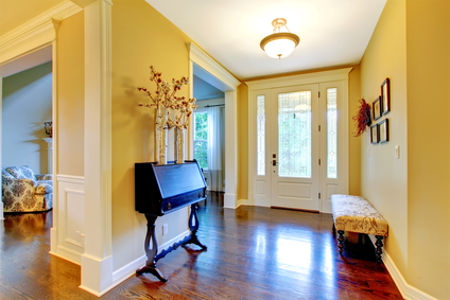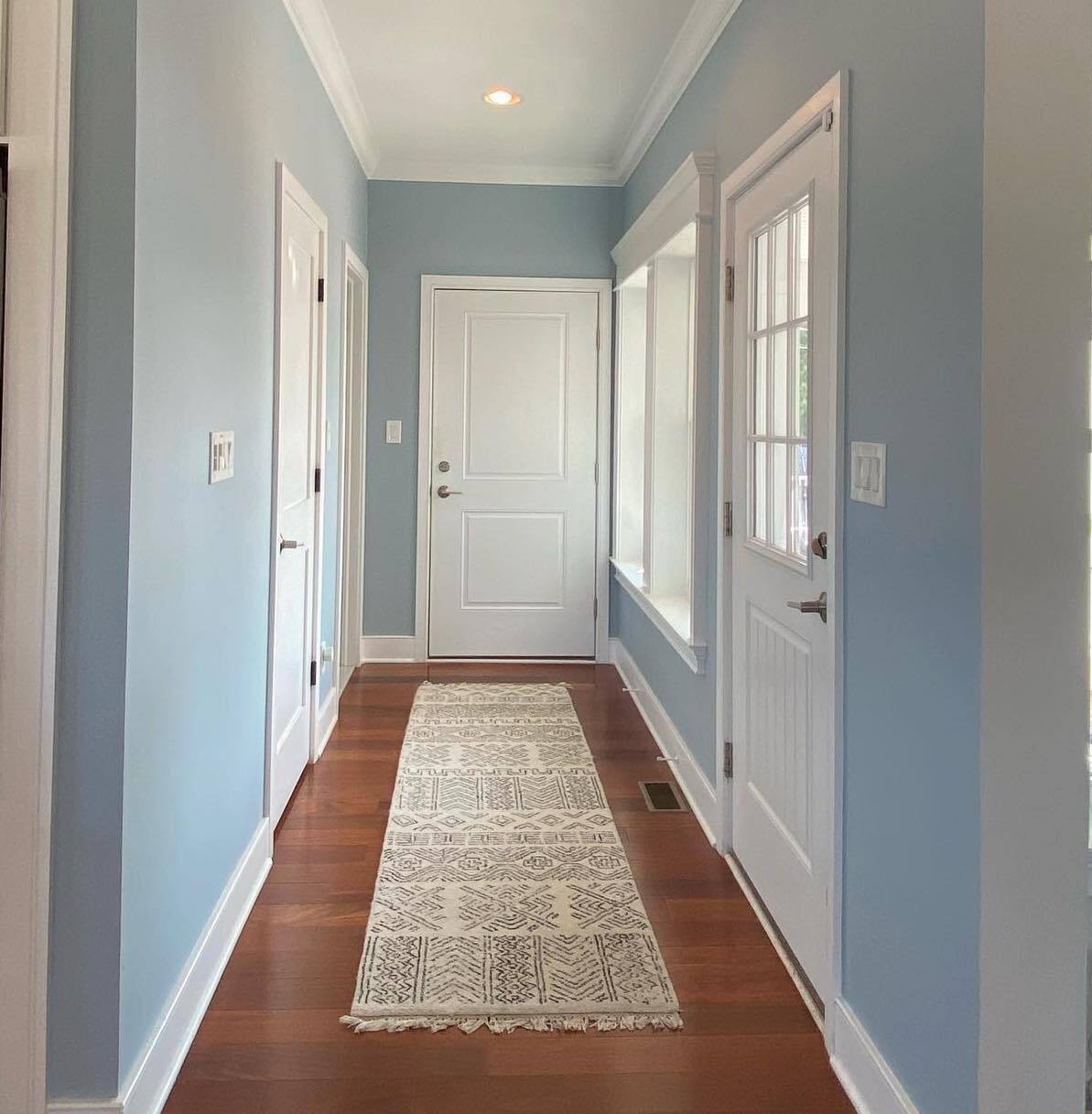Reliable Lakewood Interior Painting for Creating the Perfect Ambiance in Your Home
Reliable Lakewood Interior Painting for Creating the Perfect Ambiance in Your Home
Blog Article
Enhance Your Inside Layout With Comprehensive Shade Assessment
The integration of color appointment into indoor layout provides an one-of-a-kind chance to improve and elevate the emotional and aesthetic vibration of a room. By involving with a seasoned shade specialist, you can browse the complexities of color option, ensuring that your options not just enhance architectural functions yet additionally resonate with individual style and emotional effect.
Advantages of Shade Examination

Additionally, shade examination help in making the most of all-natural light and maximizing spatial understanding. Lighter colors can make a room appear more large, while darker tones develop an intimate setting. Cleveland Metro Painting Specialists. This calculated application of color can dramatically affect the overall atmosphere of any kind of indoor room
Additionally, specialist specialists have an extensive understanding of classic standards and present patterns, making sure that the picked shades will certainly continue to be appealing over time. This foresight can save clients from costly redesigns in the future. Color examination equips customers by giving them with a clear vision and instructions, fostering confidence in their style choices and eventually leading to an extra effective and gratifying interior design outcome.
Understanding Shade Psychology
The importance of shade psychology in interior design can not be overemphasized, as it digs right into the emotional and emotional effects that various hues can stimulate in people. Colors can influence state of mind, actions, and also productivity, making them a crucial consideration in any layout task.
For example, warm colors such as red, orange, and yellow are often connected with power and heat. They can promote feelings of excitement and comfort, making them appropriate for social rooms like living kitchen areas or rooms. Alternatively, amazing shades like blue, green, and purple have a tendency to stimulate calmness and tranquility, making them optimal for rooms or meditation locations.
Furthermore, making use of neutral tones can produce a well balanced environment by allowing the bolder shades to attract attention without frustrating the senses. Recognizing these mental effects makes it possible for developers to develop rooms that not just look aesthetically pleasing but also promote psychological wellness.
Incorporating shade psychology into interior decoration entails a thoughtful choice of hues tailored to the intended feature of each area, ultimately enhancing the general experience for its residents. This recognition is important for achieving a unified and useful interior atmosphere.
The Color Wheel Discussed
Comprehending the relationships between tones is crucial for efficient interior style, and the color wheel functions as an important device in this process. The shade wheel, established by Isaac Newton in the 17th century, illustrates the range of colors prepared in a round layout. It comprises main shades-- red, blue, and yellow-- that can not be created by blending various other shades. Additional shades, created by incorporating main shades, include green, orange, and purple. Tertiary shades result from mixing a main and a secondary color, leading to shades such as red-orange and green.
The shade wheel assists designers comprehend the partnerships between shades, consisting of complementary, similar, and triadic schemes. Complementary colors, positioned contrary each other on the wheel, create dynamic contrasts that can invigorate an area.
Utilizing the shade wheel in interior design not just improves aesthetic charm but likewise stimulates certain feelings and environments, making it an important recommendation for shade examination. Understanding these connections ultimately encourages developers to develop spaces that are both functional and visually exciting.
Choosing the Right Palette
An appropriate shade system can unify a room, boost its attributes, and stimulate desired feelings. Various spaces serve diverse features and need schemes that mirror their desired usage; for instance, relaxing shades such as soft blues or environment-friendlies work well in bedrooms, advertising relaxation.
Light can drastically modify exactly how shades appear, so it is important to analyze the area at different times of the day. An unified palette should enhance these features, creating a cohesive appearance throughout the room.
When picking shades, use the 60-30-10 rule, which recommends that 60% of the room should be a dominant color, 30% an additional color, and 10% an accent shade. This proportion makes certain balance and visual interest (Cleveland Metro Painting Specialists). Sample colors on the wall surfaces prior to devoting, as this enables you to see how the hues communicate with one an additional and the overall atmosphere they develop in your indoor design project.
Functioning With a Shade Specialist

When you can check here collaborating with a shade expert, the process generally begins with an initial assessment. Throughout this conference, you'll review your vision, preferences, and the existing aspects in your space. The consultant will evaluate your requirements and may suggest particular shade schemes that align with your objectives.
After developing an instructions, the specialist will provide examples and visual aids to assist you envision the recommended color design. This step is essential, as shades can show up differently under differing lighting conditions.
In addition, a shade consultant can assist you in choosing complementary home furnishings, artwork, and accessories to integrate with your picked combination. By collaborating closely, you can attain a refined aesthetic that raises your interiors and creates an inviting atmosphere. Inevitably, the knowledge of a shade professional can significantly enhance the overall influence of your style project.
Verdict
In summary, comprehensive shade assessment acts as a vital tool for enhancing interior design. By leveraging specialist understanding of color psychology and spatial dynamics, a customized shade palette can be created to evoke certain emotions and create an unified setting. This strategic approach not just cultivates a cohesive design story however likewise mitigates the danger of expensive redesigns. Inevitably, engaging with a Read More Here color professional ensures a notified and cosmetically pleasing end result, boosting the total experience of the space.
By engaging with a skilled shade specialist, you can browse the intricacies of shade selection, guaranteeing that your choices not only enhance architectural functions but also resonate with individual style and mental impact. It makes up primary colors-- red, blue, and yellow-- that can not be created by blending other shades.The color wheel aids developers understand the relationships in between shades, including corresponding, analogous, find more information and triadic plans.When picking colors, use the 60-30-10 guideline, which recommends that 60% of the area should be a dominant shade, 30% a secondary shade, and 10% an accent color. By leveraging specialist understanding of shade psychology and spatial characteristics, a tailored shade combination can be developed to evoke details emotions and develop an unified environment.
Report this page